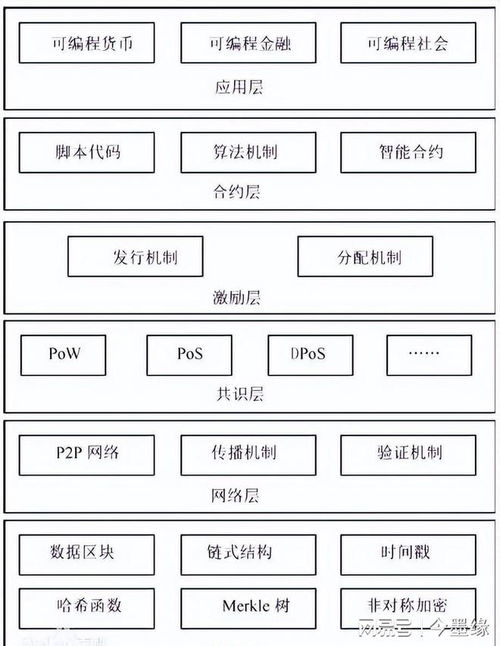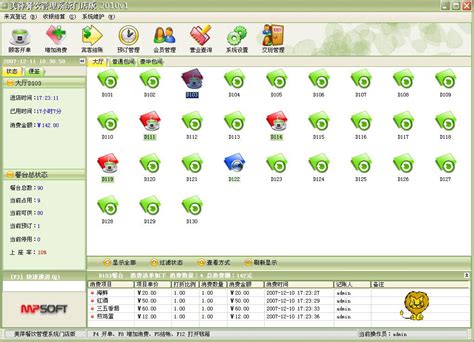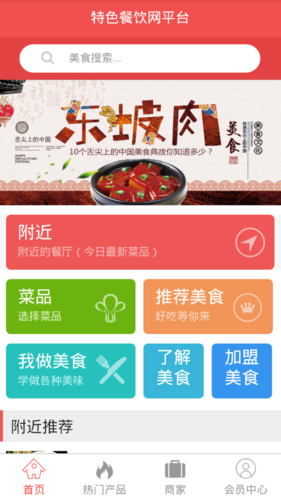Title: Understanding Blockchain Frameworks: A Comprehensive Overview
Blockchain technology has emerged as a revolutionary force, disrupting various industries with its decentralized and immutable ledger system. However, navigating through the diverse landscape of blockchain frameworks can be daunting. In this guide, we'll delve into the fundamental concepts of blockchain frameworks, explore popular options across different industries, and provide guidance for selecting the most suitable framework for specific use cases.
Introduction to Blockchain Frameworks
Blockchain frameworks serve as the underlying architecture for building decentralized applications (DApps) and blockchainbased solutions. These frameworks provide developers with tools, libraries, and protocols to create, deploy, and manage blockchain networks efficiently. Key components of blockchain frameworks include consensus mechanisms, smart contract functionality, and network protocols.
Types of Blockchain Frameworks

1.
Permissionless (Public) Blockchain Frameworks
:
Bitcoin
: The pioneering cryptocurrency, Bitcoin operates on a proofofwork (PoW) consensus mechanism and is renowned for its security and decentralization.
Ethereum
: Widely used for smart contract development and DApp deployment, Ethereum introduced the concept of programmable blockchain with its Turingcomplete scripting language.
Cardano
: Known for its scientific approach to blockchain, Cardano aims to provide a scalable and sustainable platform for building DApps through its unique proofofstake (PoS) consensus algorithm.2.
Permissioned (Private) Blockchain Frameworks
:
Hyperledger Fabric
: Developed by the Linux Foundation, Hyperledger Fabric offers modular architecture, enabling enterprises to customize network parameters and access controls according to their requirements.
R3 Corda
: Designed specifically for businesses, Corda emphasizes privacy and scalability, facilitating secure transactions and data sharing among participating parties.
Quorum
: Based on Ethereum, Quorum is tailored for enterprise applications, featuring enhanced privacy through its use of private transactions and permissioned consensus.Considerations for Choosing a Blockchain Framework
1.
Consensus Mechanism
: Evaluate the consensus algorithm supported by the framework and its suitability for the intended use case. Consider factors such as scalability, security, and energy efficiency.2.
Smart Contract Functionality
: Assess the smart contract capabilities of the framework, including the programming language supported, execution environment, and contract lifecycle management.3.
Scalability and Performance
: Examine the framework's scalability features, such as transaction throughput, latency, and network efficiency, to ensure it can handle the anticipated workload.4.
Privacy and Permissioning
: For enterprise applications, prioritize frameworks that offer robust privacy controls, identity management, and permissioning mechanisms to protect sensitive data and comply with regulatory requirements.5.
Community Support and Ecosystem
: Consider the size and activity of the framework's developer community, availability of documentation, tutorials, and thirdparty tools, which can significantly impact development efficiency and ecosystem growth.IndustrySpecific Blockchain Frameworks
1.
Supply Chain Management
: Frameworks likeVeChain
andIBM Blockchain Platform
offer features tailored for supply chain traceability, provenance tracking, and inventory management, enabling stakeholders to enhance transparency and efficiency across the supply chain.2.
Finance and Banking
:Ripple
andStellar
are prominent blockchain frameworks specializing in crossborder payments and remittances, leveraging distributed ledger technology to facilitate fast, lowcost transactions between financial institutions.3.
Healthcare
:Medicalchain
andHashed Health
focus on leveraging blockchain for secure health data exchange, patient consent management, and interoperability, addressing challenges related to data silos and healthcare interoperability.4.
Real Estate
: Blockchain frameworks likePropy
andUbitquity
streamline property transactions, title transfers, and land registry management, reducing fraud risks and enhancing transparency in real estate transactions.Conclusion
As blockchain technology continues to evolve, selecting the right framework becomes crucial for the success of blockchain projects across various industries. By understanding the key features, considerations, and industryspecific applications of blockchain frameworks, stakeholders can make informed decisions and leverage the transformative potential of decentralized technology to drive innovation and efficiency in their respective domains.
This comprehensive overview serves as a starting point for exploring the diverse landscape of blockchain frameworks, empowering businesses and developers to navigate the complexities of blockchain adoption and implementation effectively.
References:
[Bitcoin](https://bitcoin.org/)
[Ethereum](https://ethereum.org/)
[Cardano](https://cardano.org/)
[Hyperledger Fabric](https://www.hyperledger.org/use/fabric)
[R3 Corda](https://www.corda.net/)
[Quorum](https://www.jpmorgan.com/solutions/cib/news/Quorum)
[VeChain](https://www.vechain.org/)
[IBM Blockchain Platform](https://www.ibm.com/blockchain/platform)
[Ripple](https://ripple.com/)
[Stellar](https://www.stellar.org/)
[Medicalchain](https://medicalchain.com/)
[Hashed Health](https://hashedhealth.com/)
[Propy](https://propy.com/)
[Ubitquity](https://www.ubitquity.io/)











